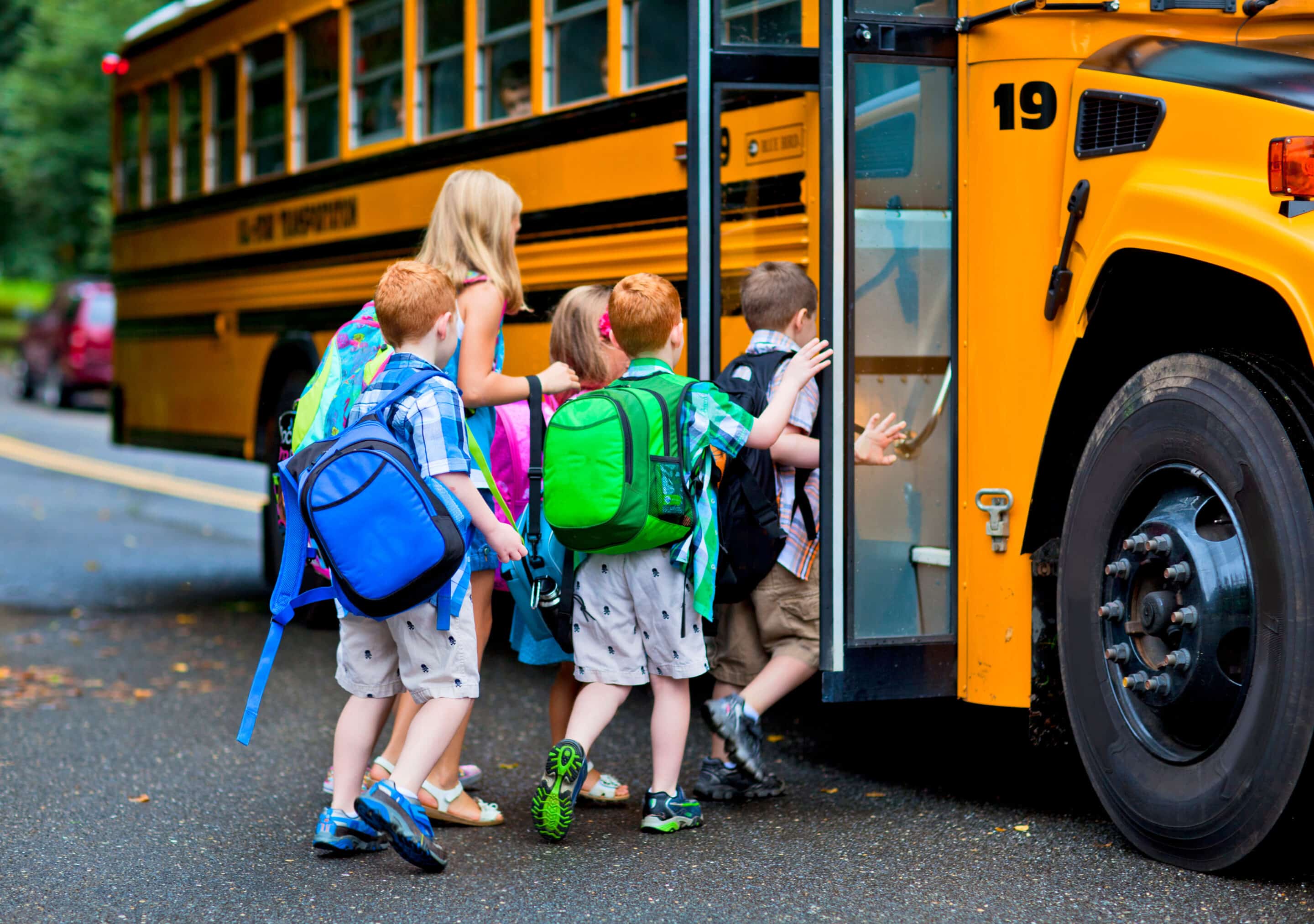Here’s how to find the right fit for your crew.
For most families heading to the suburbs, schools are a huge piece of the puzzle. But finding the right school? That’s about more than rankings and test scores. It’s about understanding what your child needs to thrive, and what works best for your family, long term. There’s no universal “best” district. Just the best one for you.
Below, we’re breaking down what to look for as you tour towns and start exploring schools.
1. What’s the kindergarten cutoff?
School entry cutoff dates vary a lot—and they can have a big impact on when your child starts. Some districts use a September 1 cutoff. Others extend to October 1. And some even go to December.
In recent years, we’ve even seen districts shift their cutoff dates, so be sure you’re relying on current info. Not only does this impact your child’s academic path, but it could also mean budgeting for an extra year of preschool or rethinking your childcare plans.
2. Is there a UPK option?
Universal Pre-K (UPK) can be a major factor for families with younger children, especially if you’re looking to ease into the school system early or reduce the cost of preschool. Some towns offer robust, district-run UPK programs with guaranteed spots for residents, while others use a lottery system or partner with outside providers.
Availability, structure, and hours vary widely, so it’s worth looking into the specifics. And because UPK often serves as a gateway to your child’s K–12 experience, many families use it as an early indicator of the district’s overall approach to learning, resources, and communication.
3. What size school (and class) works best for your child?
Some kids thrive in big, bustling schools with dozens of clubs, teams, and extracurriculars. Others feel more confident in smaller settings with consistent peer groups and more personalized attention. Think about your child’s personality and social style. Do they crave community or do better in a close-knit group?
Check student-teacher ratios, average class sizes, and how grades are structured across the district. Bonus: Ask whether students stick with their peers from K through 12 or if cohorts shift at different stages. That can make a big difference socially, especially if you’re new to the area.
4. Does your child need learning or emotional support?
If your child has learning differences or could benefit from additional support, whether that’s academic, emotional, or social, be sure and dig into what resources are available. Some districts offer in-house specialists, while others outsource services. Ask about IEPs, 504s, gifted and talented programs, and availability of support staff.
And don’t underestimate the value of parent networks. Your Suburban Jungle Strategist can help connect you to local families who’ve navigated similar paths.
5. What’s the plan for getting to and from school?
It sounds basic, but school logistics can make or break your daily routine. Would you prefer your child to walk? Ride the bus? Be close enough for quick drop-offs, forgotten lunches, and those last-minute concerts and class parties?
Every district handles busing differently, and the cutoff distances can vary from year to year. Some towns offer service starting at a half-mile out, others require a full mile or more. Your Strategist can help you decode what’s available in the districts you’re eyeing.
6. How are grades structured?
Some districts go K–5, 6–8, 9–12. Others split into K–2, 3–5, or combine 7–12 into a single junior/senior high. It’s a detail that often gets overlooked—but it can impact everything from daily schedules to social dynamics to long-term planning (especially if you have more than one school-aged child).
Consider what kind of setup best supports your child, and what works for your family logistics.
7. Are language programs important to your family?
If raising bilingual or trilingual kids is a priority, ask about the district’s language offerings. Some towns offer immersive programs starting in kindergarten, while others don’t begin until middle school. Look for schools where the language tracks align with your long-term vision and cultural values.
8. What happens after 3 p.m.?
After-school programs aren’t just convenient. They can be where kids find their passion, make close friends, and build confidence. If you’re a working parent, look into which programs are on-site, how late they run, and whether transportation is provided for off-campus options.
Pulling it All Together
Yes, school rankings matter. But so does everything else, including after-school logistics, social fit, available services, and how the district aligns with your values and goals.
The right school isn’t about checking boxes. It’s about building the right life—for your kids and for you. And that starts by asking smart questions, getting boots-on-the-ground insights, and touring towns that make sense for your whole family.
Let’s help you find that fit. Schedule your free initial strategy call today.

